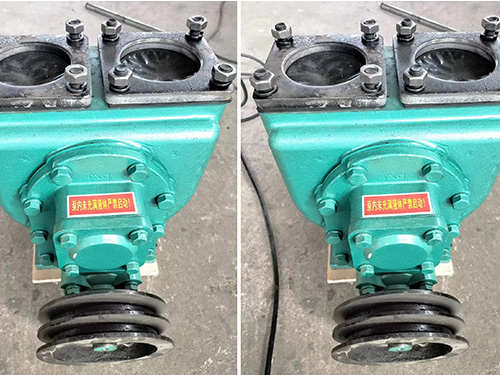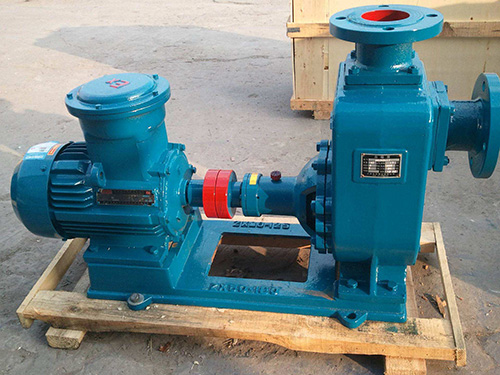The principle and phenomenon of gear oil pump in operation
2024-04-22 08:55:24
In order for a gear oil pump to continuously supply oil, it is required that the overlap coefficient of gear meshing is greater than 1. This means that when one pair of gears has not yet disengaged from meshing, the other pair of gears has entered meshing. This results in the moment when two pairs of gears mesh simultaneously, forming a closed volume between the tooth meshing lines of the two pairs of gears. Some of the oil is trapped in this closed volume. When the gear pump rotates continuously, this closed volume gradually decreases. When the two meshing points are in symmetrical positions on both sides of the node, the closed volume is small. When the gears continue to rotate, the closed volume gradually increases. When the closed volume is reduced, the trapped oil is squeezed and the pressure rises sharply, causing a sudden large impact load on the bearing and causing the pump to vibrate violently. At this time, high-pressure oil is squeezed out from the possible leakage gap, causing power loss and oil heating. When the enclosed volume increases, due to the lack of oil replenishment, a local vacuum is formed, which separates the air that was originally dissolved in the oil and forms bubbles. The generation of bubbles in the oil can cause a series of adverse effects such as noise and cavitation. The above situation is the oil trapping phenomenon of the gear oil pump. This oil trapping phenomenon affects the smoothness and service life of the pump.

The YHCB high flow pump has the characteristics of large flow rate, high head, small settli...

The CYZ centrifugal pump adopts an axial return liquid pump body structure, which is compos...

Copper gear pump (KCB type) is suitable for conveying lubricating oil or other liquids with...

The car mounted circular arc gear pump can be installed on the car and driven by the output...



